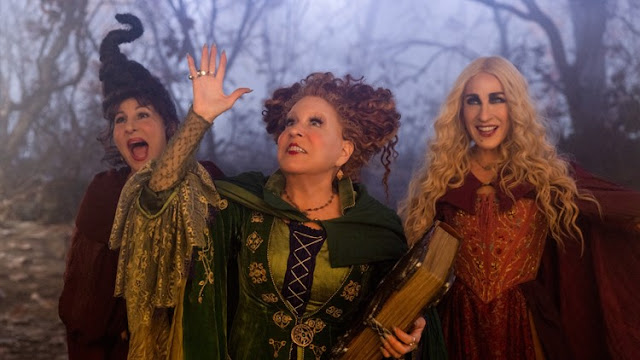Do you also suffer from tangled hair syndrome? Your genes are responsible for this, scientists claim
Hair Problem Reason:
Hair is one of the most culturally distinctive and individual characteristics. Its style, size, color and really absence is something that everyone thinks about every day. A huge hair care industry has developed in the last century which helps all of us to manage our hair.
Bradford: Tangled and uncontrollable hair is a condition that has plagued people for decades, with scientists now believing that genes are responsible for this 'tangled hair syndrome'. Hair getting tangled and not being groomed is much more than just hard hair. As its name suggests, it is hairs that cling to each other at all angles, making them almost impossible to detangle or comb. It usually begins in children between the ages of three months and 12 years and occurs mainly in children with straw blond or silver blond curly hair.
This condition usually occurs in wavy, dry and prone to breakage. High-profile people such as Boris Johnson or Albert Einstein are famous for their uncontrollable and tangled hair, although there is little chance that they have frizzy hair syndrome as the condition improves in adulthood or it The syndrome disappears. There hasn't been much research on this rare condition. Some articles in this regard were first published in the 1970s. Since then there have been about 70 publications on the subject, most of them case reports.
Repeated study with more than 100 children
One of the most recent studies on 11 children with matted hair was by geneticists at the University of Bonn, Germany. They found that the condition could be explained by mutations in three genes, which are related to proteins present in the hair follicles. Since much was published about that study then, families of children with the condition came forward, and now the same scientists have repeated their genetics study with more than 100 children.
Protein Function Changes Linked to Gene MutationsThey have confirmed that the cause of the syndrome in 76 of these children is linked to mutations in the PADI3 gene, as well as the involvement of two other genes, all three of which are important proteins involved in hair-fiber formation. There are codes for . Other human variations, including hair, are the result of many small variations in our genes across global populations. When a mutation occurs in a gene, sometimes it leads to a change in the function of the protein. If that protein is in the hair follicles, there is a high chance that the hair will look different. This is the reason why one can be gray, white, curly, coarse, straight, red or without hair ie bald.
Inherited hair curl?Some inherited variations are responsible for the shape and curl of the hair fiber, but they are rarely associated with any serious disease. Interestingly, most often the proteins that are affected are in the inner part, which consists of three layers of hair follicles, which help to put shape in the hair fiber. We also know that this type of disorganized hair is a 'recessive' genetic trait. In other words, both parents must be carriers of the mutated gene, although this may not be the case with them themselves. However, if their child inherits a copy of that gene from both parents, they will have this syndrome.
Scientific Studies on Hair
Hair is one of the most culturally distinctive and individual characteristics. Its style, size, color and really absence is something that everyone thinks about every day. A huge hair care industry has developed in the last century which helps all of us to manage our hair. So
when a rare condition causes an abnormal change in hair, scientists
want to understand how it happens so that families with affected
children can also better understand it.
(Gil Westgate, Business Development Manager, Faculty of Life Sciences, University of Bradford)
(1).png)





